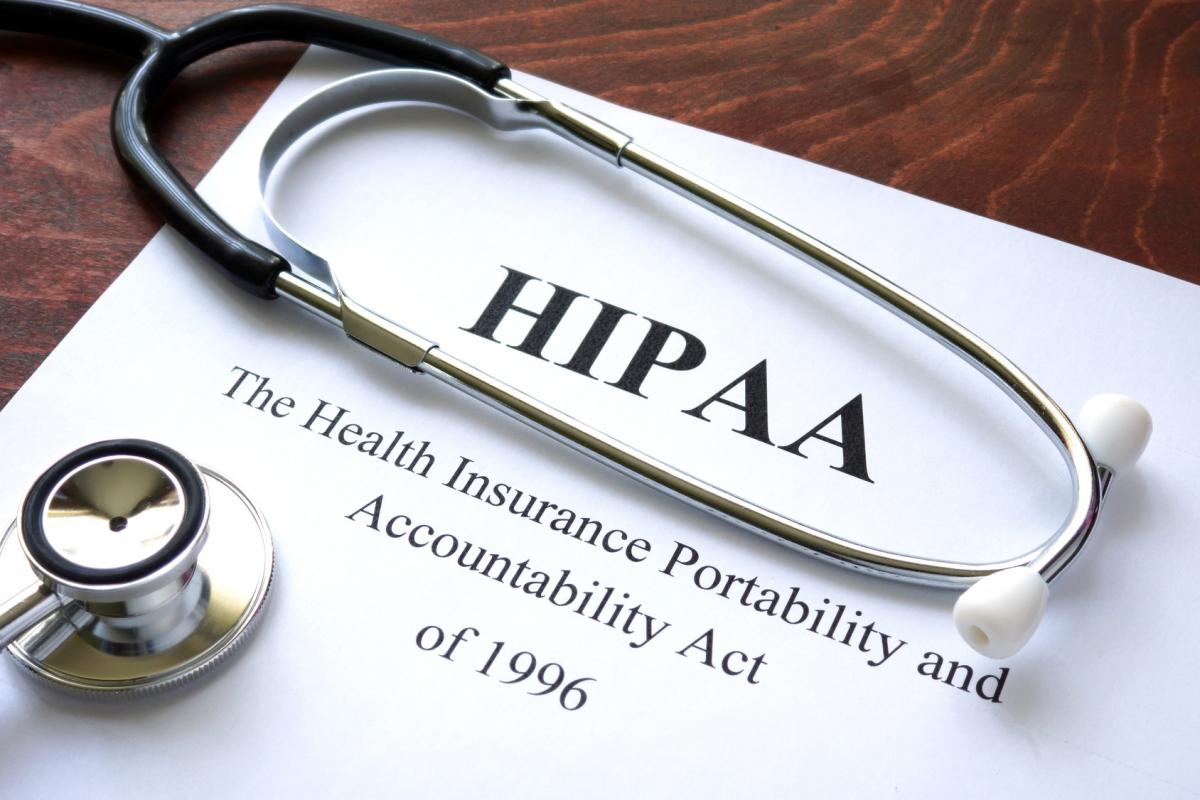
Is your medical data safer with digital media than with your doctor?
Google is universally well known as a search and advertising company. Now Google is tapping into the $3.5 trillion healthcare market. To compete with the Apple Watch, Google acquired FitBit, the wearable exercise, heart rate, and sleep tracking device. Data is king.
Voluntarily worn fitness tracking devices are one thing, but Google has entered the realm of the brave new world. A government inquiry has brought to light Google’s “Project Nightingale” that collected private medical data from Ascension Health’s 2,600 sites of care across 20 states and D.C., unbeknownst to the patients. Dozens of Google employees had access to the data which included lab results, physician diagnoses, 
Google claims that the project complies with the Health Insurance Portability And Accountability Act (HIPAA) because it is a qualified business associate of Ascension Health. And unlike the ads for socks that appear on your computer a nanosecond after you purchased some tennis shoes, Google promises that the data won’t be combined with consumer data. Fat chance.
Amazon, which already knows our every thought, was not satisfied with merely creating software that can read medical records. Now they’ve created Transcribe Medical, a system that transcribes confidential patient-doctor conversations and uploads them directly into the electronic health record. Doctors would relinquish all control over “private” patient records. Google also has been working on its own automatic speech recognition “digital scribe” to upload multiple speaker conversations.
Not only is there a problem with inaccuracies that could lead to a patient receiving the wrong treatment, but we all know the ubiquitous problem of hacking—even in the Department of Defense and the federal Office of Personnel Management.
“The Wall Street Journal reported at least 150 Google employees had access to patient data.” Ahiza Garcia, writing for CNN Business
Disturbingly, certain circles oohed and aahed over the revelation that Google, using electronic health records (EHR), created an artificial intelligence program that could predict death better than doctors.
Fortunately for humanity, many others found the thought of leaving doctors out of the equation horrifying. The cheerleaders crowed that it would decrease work for the doctors; they wouldn’t have to waste their time going through those pesky medical records to arrive at a conclusion. Using an artificial neural network to predict the death of a human being is a far cry from having a computer interpret an inanimate x-ray who is not a daughter, mother, sister, wife, or grandmother.
If you put it all together, it adds up to a death panel of one. Google’s software would decide that there is not a high likelihood of walking out of the hospital, no treatment would be given. We are becoming witness to the devolution of humanity.
Moreover, the government is incentivizing workforce development in palliative care through the Palliative Care and Hospice Education and Training Act.
Perhaps this is why the hospice team seems to greet the patient at the hospital door. Of note, once a person has signed on to the Medicare hospice program, Medicare will not pay for any curative treatment or medications. Medicare will not pay for an emergency room visit unless the hospice team arranged it or someone decides it is not related to the hospice diagnosis.
The number of hospice agencies participating in the Medicare program nearly doubled between 2000 and 2016, for a total of some 4,382 providers. In 2000, about 30 percent of hospice agencies were for-profit, compared to about 67 percent in 2016. In that same period, Medicare payments grew from $3 billion to $16.8 billion.
“Is this what we want for our loved ones and eventually, ourselves… a computer program that convinces doctors that the patient is going to die no matter what they do.”

Is this what we want for our loved ones and eventually, ourselves? Medicare for All promises every type of medical care under the sun, including long-term care. Long-term care is expensive and if done properly, labor intensive. What better way to save money than to promote a computer program that convinces doctors that the patient is going to die no matter what they do. So the hospital tells the family that treatment or home care will drain their finances. For what? I’ll tell you for what. My parents died at home only after they were tired of doctors and ready to go. They strolled into heaven. They were not shoved in with a giant government backhoe.

Please visit our sponsors and donate to support The Standard on this page.



 RSS - Posts
RSS - Posts